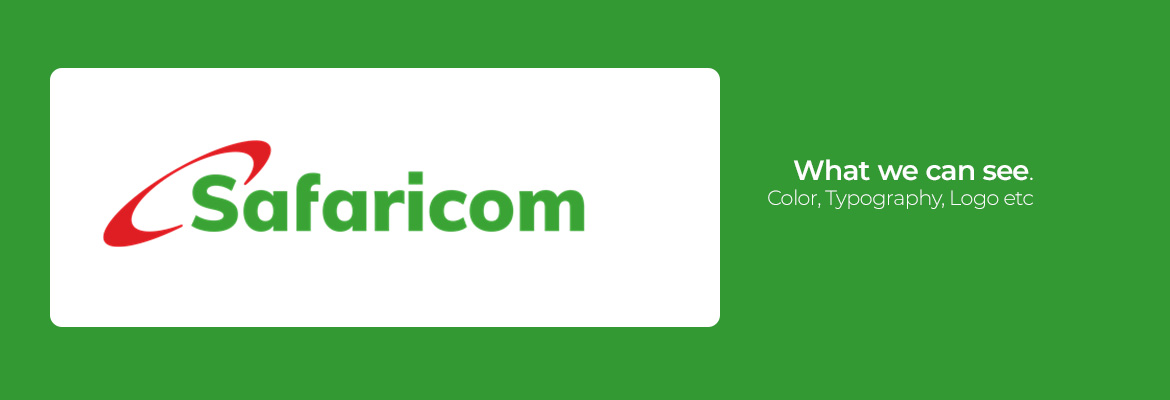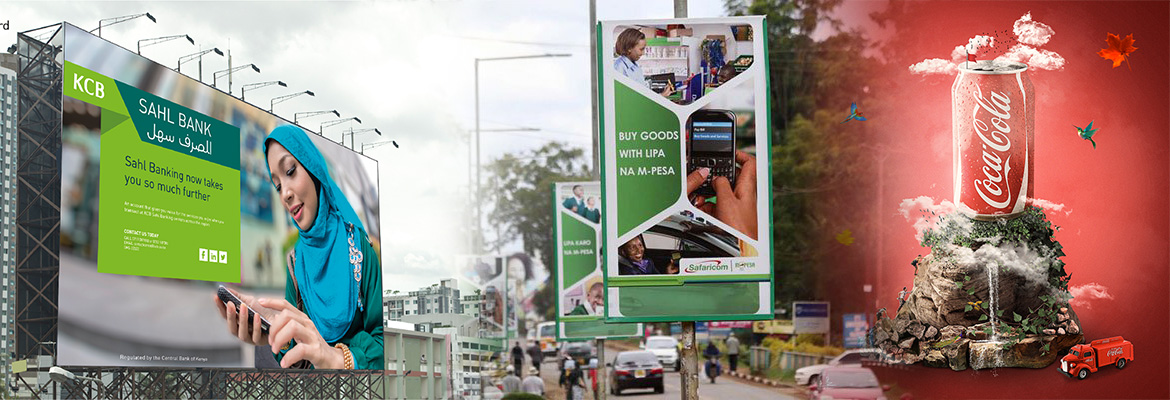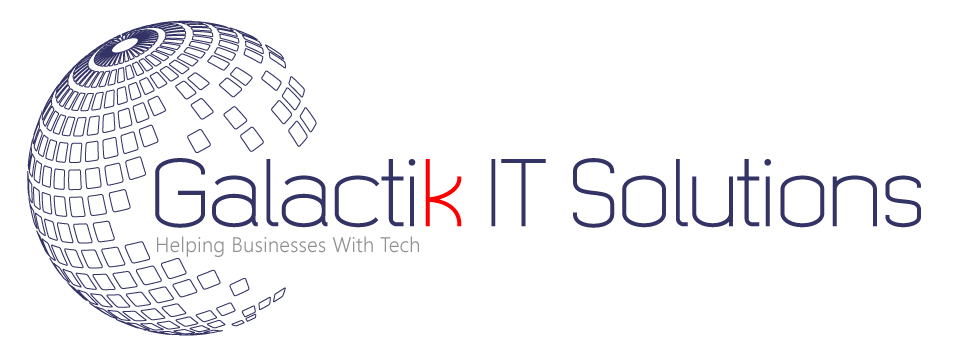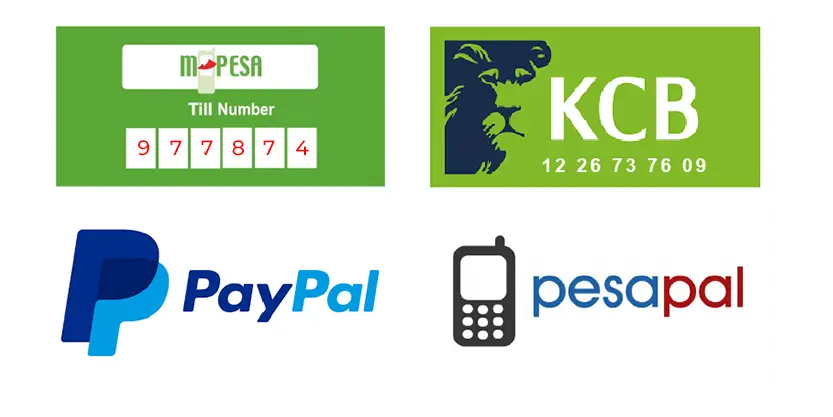'"Branding", "Brand", and "Brand Identity" are phrases that are often used by individuals interchangeably in comparable contexts besides them holding differing meanings. Do you identify?
What exactly is a brand?
What exactly is branding?
What exactly is brand identity?
So you've discovered the magic of branding.
Perhaps a marketing-savvy acquaintance or friend advised you to put money into a brand identity and build an online presence for your business. Perhaps you've read an article that briefly used the word "brand," in which case you're intrigued.
But you also realize a significant problem: You are clueless about how to get around it.

What exactly is the branding process, and what does it imply?
And how should you go about it??
Should you start by getting a unique logo?
After all, don't the words "branding", "brand", "identity," and "logo" appear to describe the same thing, right? It boils down to the design of a business (company, service, or product). And when you think about some well-known brands like Safaricom, KCB, Coca-Cola, Citizen, and Equity Bank. It's very like that you can recall their logos.

Moreover (if you have had a visual encounter), you must have created specific ties with them. Whether it's bad or good, weak or strong.
When you come across these logos, there is a certain impression you get of such brands, whether via personal experience or advertisements.
Just to be clear: Your logo is neither your brand nor your identity.
The combined distinct roles of the brand, brand identity, and branding have a big role in how a product, business, or service is regarded/perceived.
Therefore, while they may all be classified as business design, their meanings differ.
Many people view design as either a purely aesthetic career field or even an advertising discipline. This, however, is not the case.
Design is a problem-solving ideology that is well-suited to aiding organizations with a wide range of practical, real-world problems.
So, in the following sections, I'll define what "brand," "branding," and "brand identity" really are. I'm hoping you'll recognize the importance and the potential of each.

What exactly is a brand?
The term "brand" has gained extensive traction in its usage in recent years. Though loosely. For instance, individuals could use the word "brand" to refer to logos, however, identity or logo is not a brand. It's much more than that.
A brand is a collection of intangible assets of a company, product, or service. It defines the emotional relationship that exists between consumers and the business.
A brand is a person’s intuitive feeling about a business.
Every day, we come across new items and companies. Be it a new store item in your home area, a new technology firm, or an airline you've never heard of before. With so many options, businesses are looking for new methods to connect at an emotional level with customers, become irreplaceable, and craft long-term connections.
So with that being stated, a brand is not what you say it is - it's what people say it is.
A brand is a partnership/Relationship.
People require emotional guidance. People want to be connected, progress, and experience something new. It's similar to evangelism.
Evangelism is the process of persuading others to believe in your ideas or product to the same degree as you by mobilizing your customers and employees to become as enthusiastic about the mission as you are. Hence, a strong brand must stand out in a competitive marketplace.
People take a liking to brands, believe in their greatness, and trust them. As an example, consider Apple. There are brand loyalists who will buy their items even if they aren't any better or less expensive than the competitors.
The perception of a brand determines its success.
A brand is a promise in one sense, maybe the most significant sense. Consider these well-known companies, and you'll quickly recognize what they promise: UPS, Coca-Cola, and Apple are some of the most well-known companies in the world.
In an age of digital communications and buyer awareness, brand-building ideas like listening to and learning from customers and meeting their needs in a meaningful way have become more important.
A brand promises customers something. Customers will be more satisfied if a promise is kept. This in turn continues to build the brand's reputation. With well-branded goods or services, you know exactly what you're getting.
To summarize, a brand is how your customer views/perceives you.

What exactly is brand identity?
So, if your brand is what people think of you when you're not in the room, how can you change that perception? In this context, the term "brand identity" is used.
Brand identity engages the senses because it is tangible/evident.
What is visible about your business is the brand identity.
it promotes recognition, heightens differentiation, and makes outstanding ideas and meaning more accessible.
You see it, feel it, grasp it, hear it, and watch it move.
To put it another way, brand identity is everything you can see (the visual language). Typography, colors, logos, and identity systems, as well as packaging (print design) and social media graphics, internet design (digital design), and much more.

We term brand identity as everything that is visible about a company (or corporate identity, if you may). The number of pieces in a brand identity system is totally dependent on how many contact points (applications) a company has to build. So, in place of looking for a "brand designer," consider looking for a "brand identity designer."
What we can see is the brand identity.
A brand identity designer's purpose is to locate artifacts that communicate your narrative and engage consumers in a natural and meaningful way with who you are. This includes ensuring that these artifacts have the same functionality, appearance, scope, size, feel, and color each time they appear. The logo, slogan, tone, typography, and name are some of the components that make an appeal. However, Brand identity should not be confused with brand image.
Elements of brand identity include items like:
- logo or wordmark key colors (color palette),
- different logo lockups,
- standard typographic treatments,
- corporate typefaces and a graphic elements library,
- a consistent image style.
These & more come together to make a document called Brand Identity Guidelines. The instructions explain how to make use of the visual brand elements (check style guides of famous brands) The physical message that the product, person, or object sends to the consumer is described in this document.
Consistency is crucial in this case.
I've seen a lot of outstanding firms that are inconsistent with their brand's visual language. Consistency helps your audience to form a mental image of the value you deliver and who you are.
The primary goal of brand identity is to provide standards for how those visual assets should be used. The company culture that surrounds the product is portrayed through identity consistency. As a result, your company's culture creates its brand identity.
In general, brand identity brings different aspects together to form entire systems. So the logo isn't brand identification in and of itself, but it is an element of it.
The visual identity system encompasses how your company's logo appears on apps, as well as the typefaces and colors it employs. As a result, the finest identity initiatives encapsulate and enhance a company's brand by fostering ideal impressions (through design).
After all, design is crucial in the development and maintenance of brands (the process of branding). In fact, design distinguishes and reflects the intangibles that matter most to customers: emotion, context, and essence.
Brand identity, according to this, is what we designers truly do. So, just in case you skimmed through this post and somehow missed it, here's everything you need to know.
Designers don't create brands; they create brand identities.
A designer's task is to use every tool available to generate the desired perception by use of visual language

What is branding?
So far, we've learned that a brand is a relationship and that a brand identity is a design.
The distinction between a brand and a brand identity is that the former is intangible, whilst the latter is concrete/Intagible.
We are aware by now that you don't create a brand; rather, you build one.
We've also realized that brand identity is something you create.
Everything we've discussed thus far comes together in the branding process.
Branding is a technique/process.
It is a method of embedding a distinct name and image in the minds of consumers for a product, company, or service.
Branding has the potential to be a game-changer.
The discipline has gone a long way from its humble beginnings as the stamping of ownership markings on the backsides of livestock...through the creation of brand identities for competing items on supermarket shelves...to the building of sophisticated marketing and communications glue for a plethora of global organizations.

And branding is mostly accomplished via advertising efforts that follow a continuous concept. The brand strategy and the brand identity (visual language) that underpins it are used consistently. It's all about taking every chance to explain why customers should select one brand over another when it comes to branding. Companies branding to demonstrate a willingness to lead, outperform the competition, and provide their personnel with the greatest tools for reaching out to customers.
So branding is the total of a product's tangible and intangible features, such as its name, packaging, and price, as well as its history, reputation, and advertising.
To put it another way:
Branding is the process of communicating qualities, beliefs, and attributes that define what this brand is and is not.
And how you express those qualities is entirely up to you.
As a result, make sure you convey what you want to be associated with.
It doesn't matter if it's your business, you as a personal brand or a product.
Below are forms of branding:
- Co-branding - when one company joins forces with another to expand its reach.
- Web branding, social networking, search engine optimization, and e-commerce are all examples of digital branding.
- Personal branding is the process of establishing a person's reputation.
- Cause branding, or corporate social responsibility, is when your brand is aligned with a philanthropic cause.
- Country branding - Efforts to brand the country in order to attract visitors and companies
The urge to define what is being presented is what binds those sorts of branding together. Image and consistency (brand identity) play a big part in branding, whether it's for a product, a service, or a person.
The overall goal is to build a brand.
It defines a product's or person's predicted outcomes. Take attention to the word "predicted".
For example, you may want your audience to see your brand as trustworthy, trendy, and friendly. However, their perspectives on you may differ.
The following is a list of vocabulary linked with branding:
- The perception of a brand in the context of competing options is known as brand positioning.
- The brand promise is the distinctive value proposition (for example, "safety" is a brand advantage for Volvo.)
- A company's "heart and soul" (for example, "Rewarding ordinary moments" for Starbucks)
- Anything that consumers identify with the brand in their minds is referred to as a brand association.
- The personality qualities that make up a brand's personality (e.g. trustworthy, friendly, innovative)
- The driving force behind a brand is referred to as its archetype (e.g. Tesla - t)
- What does your brand's "voice" sound like? Do you speak in a teen-like manner or are you more serious?
- Your company's decision-making is guided by your brand values.
Brands do not pop out of thin air. They are typically the result of a long-term strategy that governs a company's activities and is closely related to the company's grasp of customer wants.

Consider what you have to offer and what makes you unique, and then use brand identity (the visuals) to express your core mission, values and vision at every touchpoint with your target audience.
To recap,
- A brand is a relationship that exists between clients and a business.
- A brand's design is its brand identity, as we can see.
- Branding is the process of enhancing client awareness and loyalty.
*Alina Wheeler's book "Find it here" was used to write this article.







